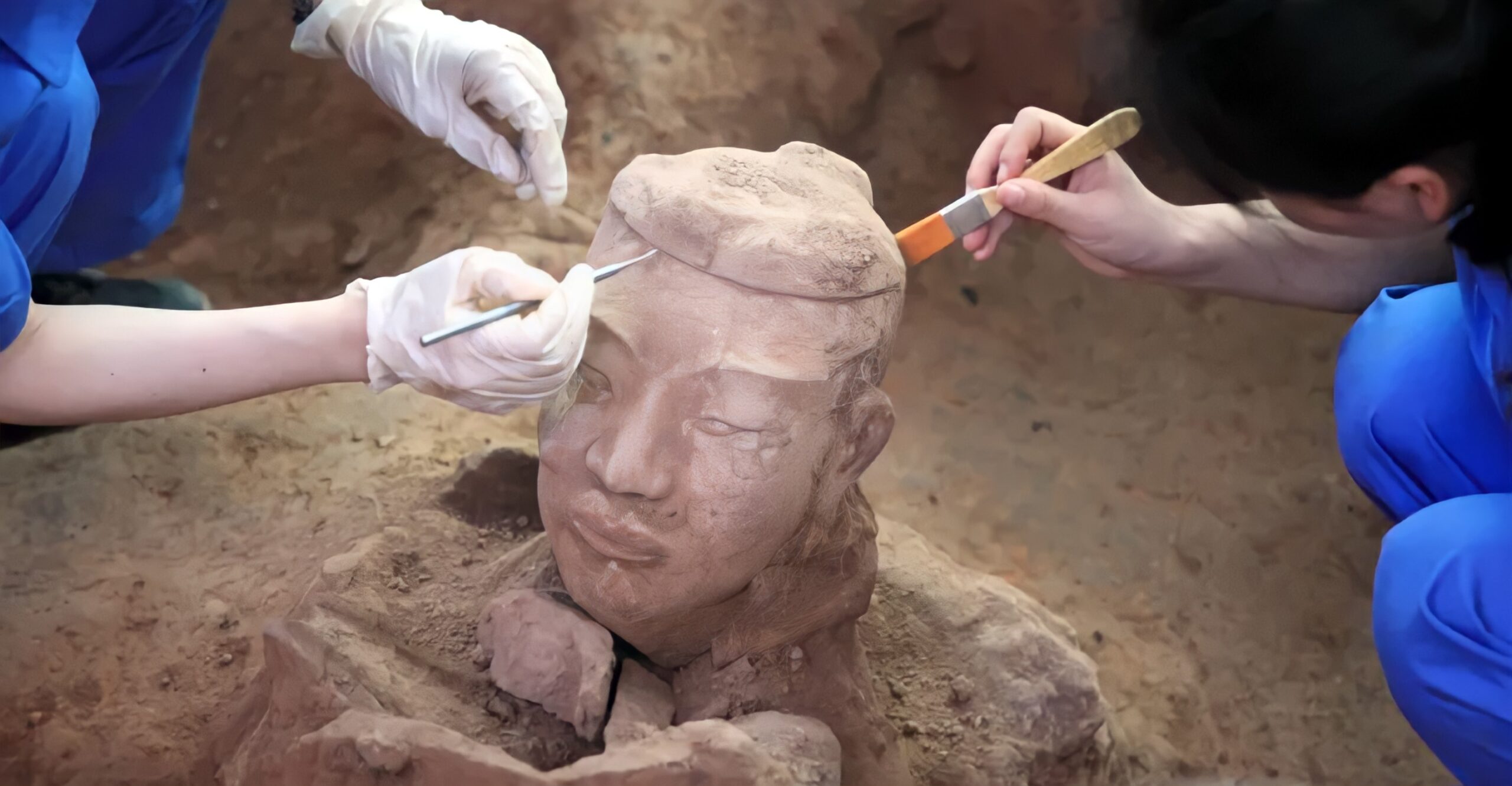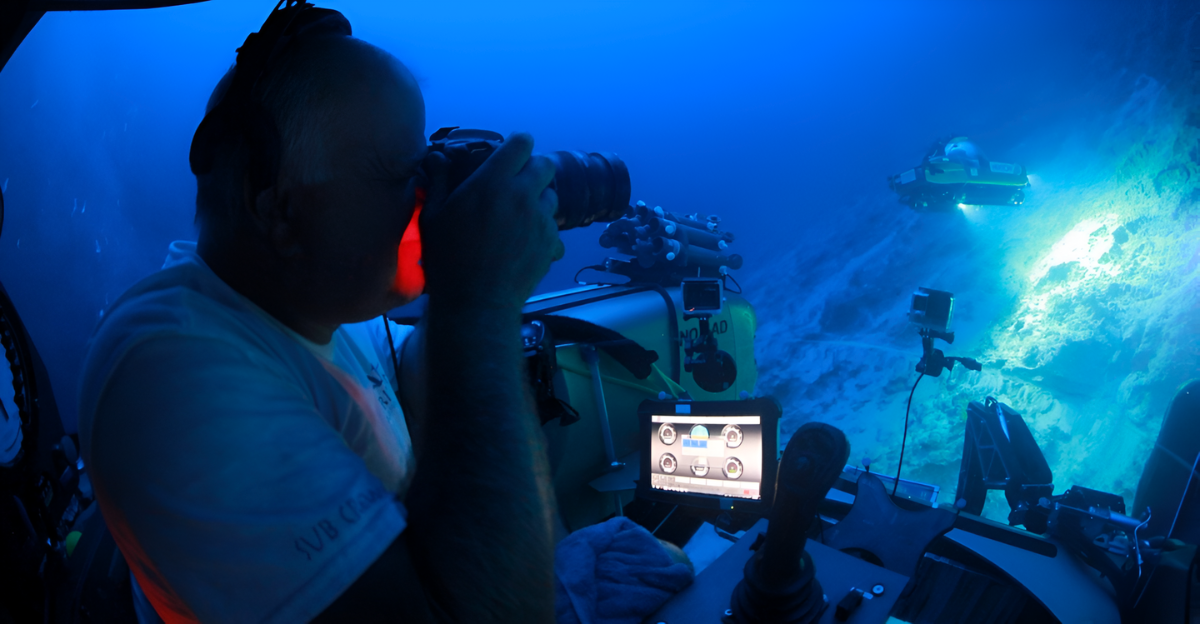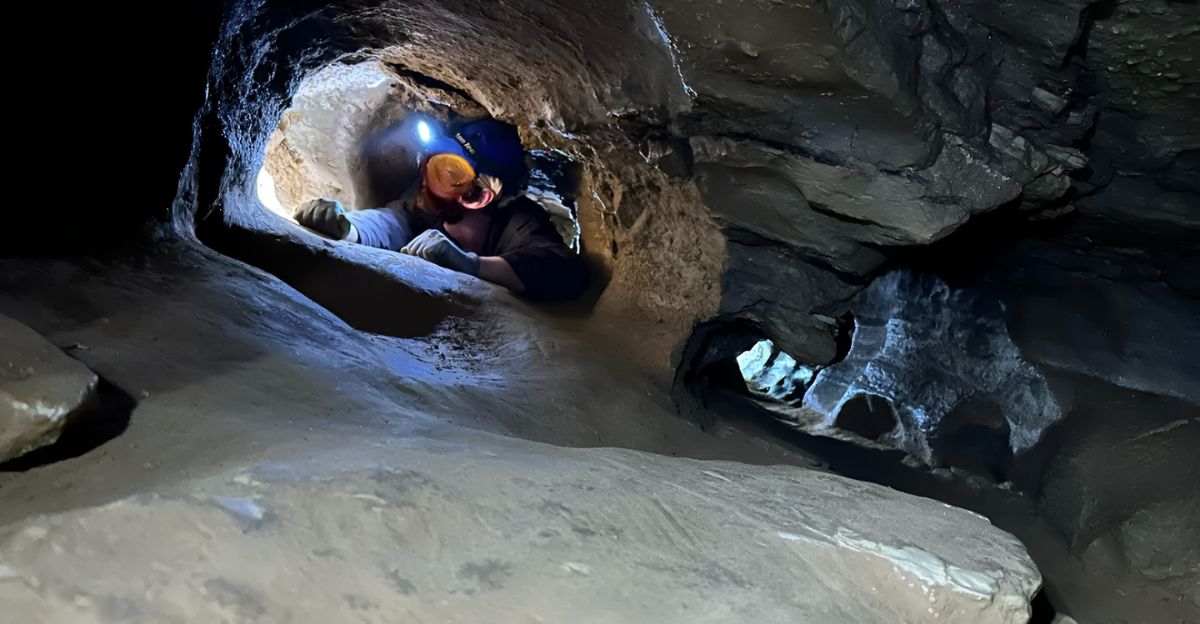
Caves can be mysterious and filled with wonder around every crevice and corner, and this one surely didn’t disappoint. Deep within its winding limestone passages, scientists have uncovered the fossilized remains of two massive sea predators that swam the ancient seas more than 325 million years ago.
Deep within the Mammoth Cave, access has been restricted to researchers only as they work to preserve these ancient fossils. Will these massive sea creatures change the way we think about marine life?
The Remarkable Discovery
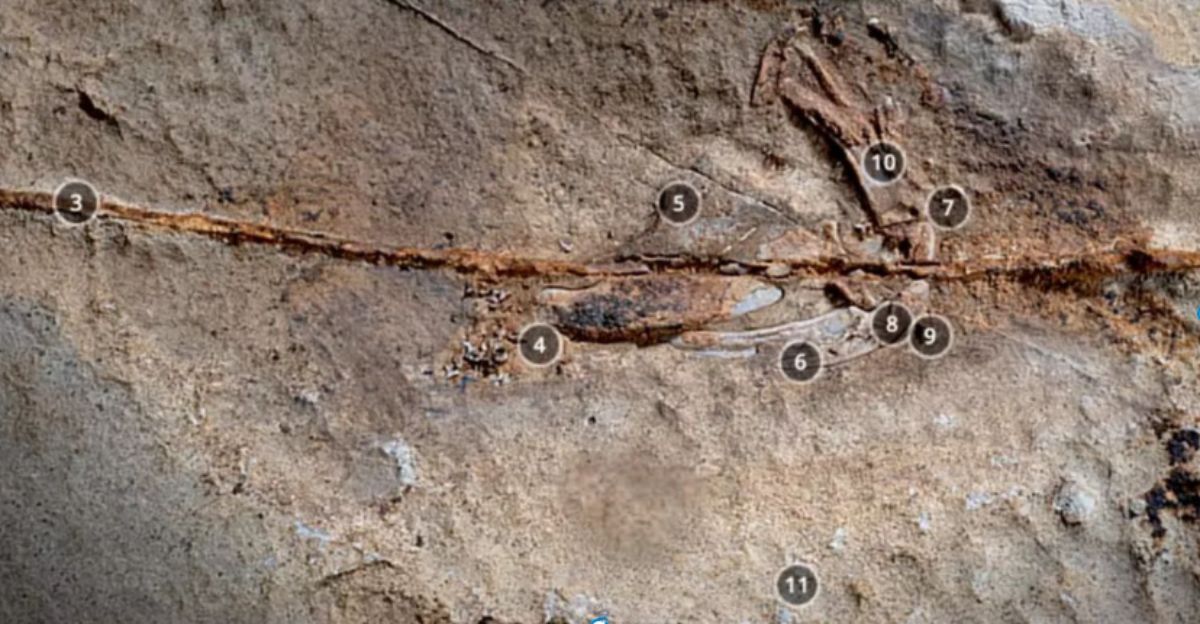
Researchers from the National Park Service and the Cave Research Foundation ventured into the cave’s most remote passages, carefully navigating narrow crawlways and underground river channels in search of fossils. Their efforts paid off when they found exceptionally well-preserved remains of two prehistoric sharks embedded in limestone layers that once formed the floor of a vast, shallow sea.
“These fossils give us a window into the past, showing what life was like in an ancient marine ecosystem that covered Kentucky 325 million years ago. The preservation in Mammoth Caves is exceptional; the teeth and other structures are almost intact, allowing us to study anatomical details that are rarely preserved at other sites,” said John-Paul Hodnett, a paleontologist with the National Park Service (NPS).
The Ancient Sea Monsters
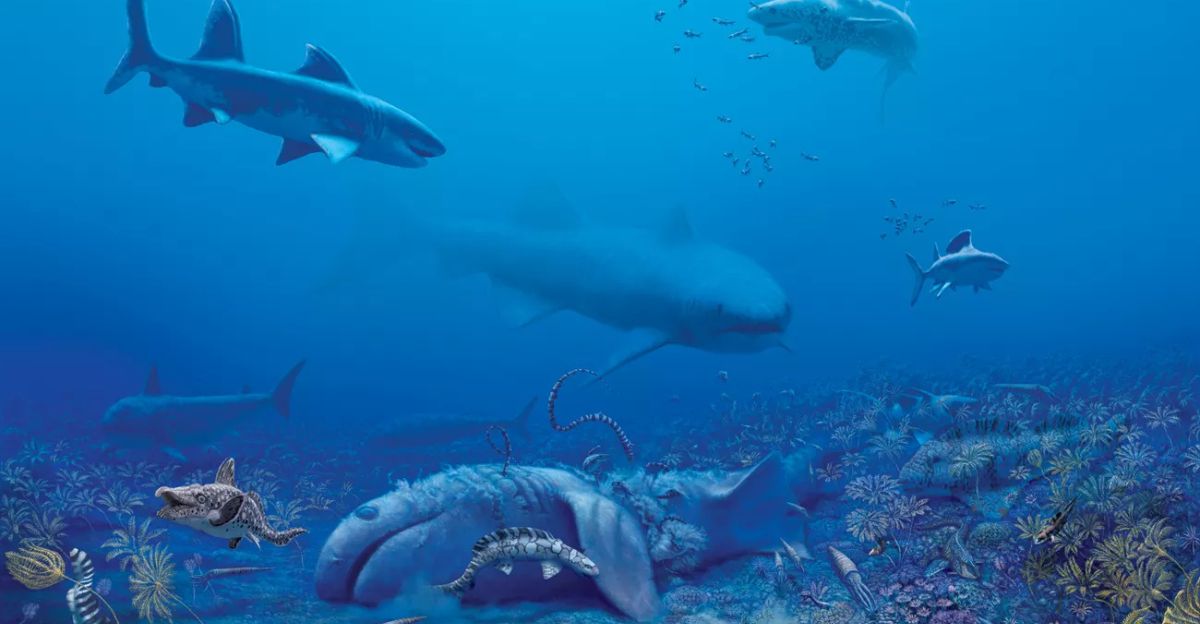
Researchers stumbled upon two sharks they weren’t expecting deep within these caves. The Troglocladodus trimblei and Glikmanius careforum, represent two newly identified species of ctenacanth sharks that once dominated the shallow coastal seas of the Mississippian Period. Both species reached lengths of 10 to 12 feet and were terrifying predators who ruled the waters they lived in.
Troglocladodus Trimblei
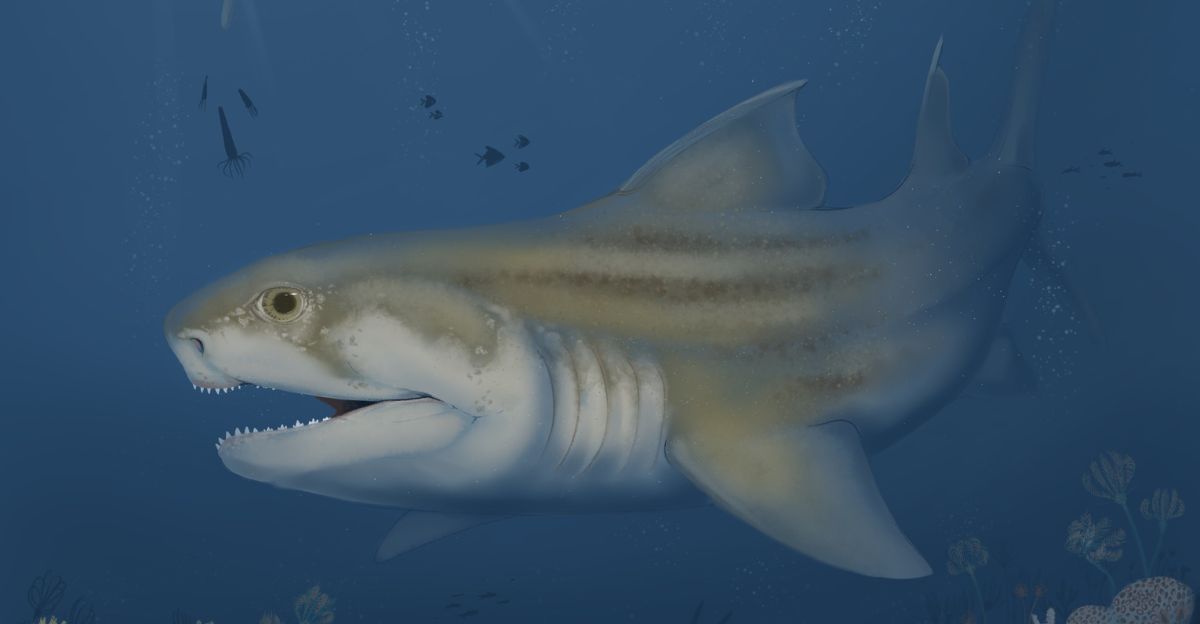
This massive shark was also known as the Cave Branching Tooth because of their unique set of chompers. “They have kind of like forky-looking teeth,” said John-Paul Hodnett, a Maryland-National Capital Parks and Planning Commission paleontologist. The name Trimblei was in honor of the superintendent who found the first fossil in 2019, Barclay Trimble.
Glikmanius careforum
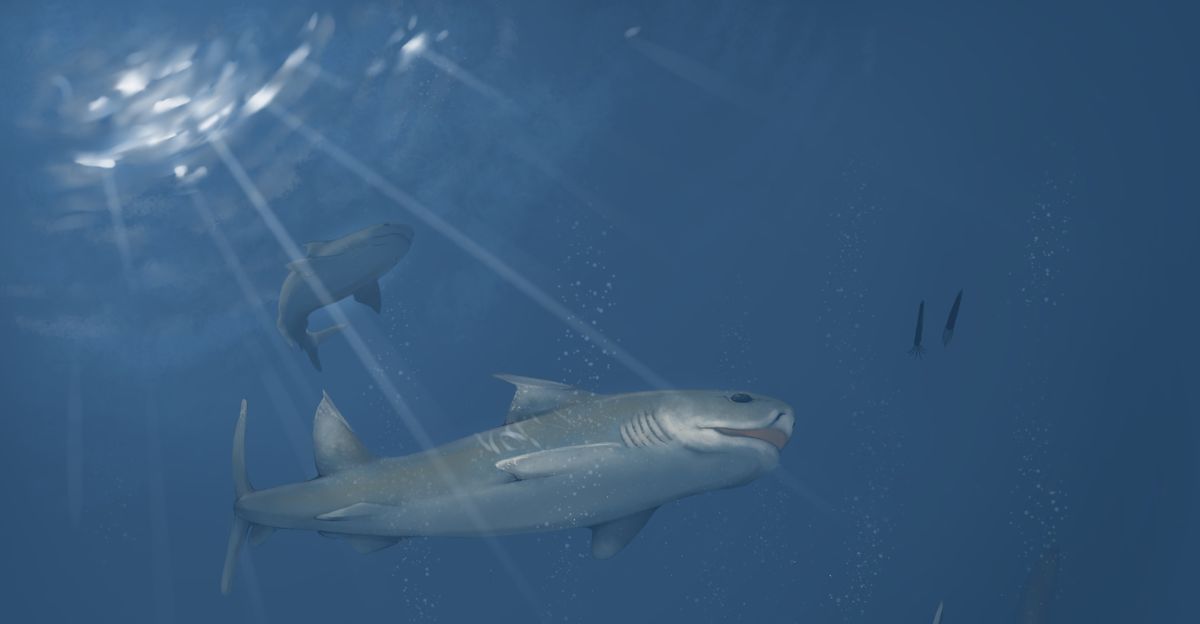
This creepy critter did much more than make researchers happy by finding it; it set back the ctenacanth lineage by more than 50 million years. A partial set of jaws and gills were discovered in Mammoth Cave, and it was the first time such well-preserved cartilage had been found for the genus. These sharks had short heads and powerful jaws, snacking mainly on smaller sharks, bony fish, and ancient squid-like orthocones.
This finding proves just how diverse the ancient seaway connecting North America, Europe, and Africa was before it began to disappear with the formation of Pangaea.
Preservation and Research Challenges

Unlike traditional paleontological digs in open landscapes, researchers here must navigate miles of narrow, dark passages to access fossil-rich sites deep within the cave system. The delicate cartilaginous skeletons of sharks, rarely preserved in the fossil record, have survived here thanks to the cave’s stable conditions which will deteriorate when removed from the environment. Researchers will be using 3D models to capture these finds for generations to see.
“Since so few people will be able to view these extraordinary fossils in person, due to the remote and difficult-to-reach locations they are found within the cave, the 3D models will allow the curious public and other scientists to see these rare fossil sharks”, said Jack Wood, a member of the research team.
Why Access Was Cut Off
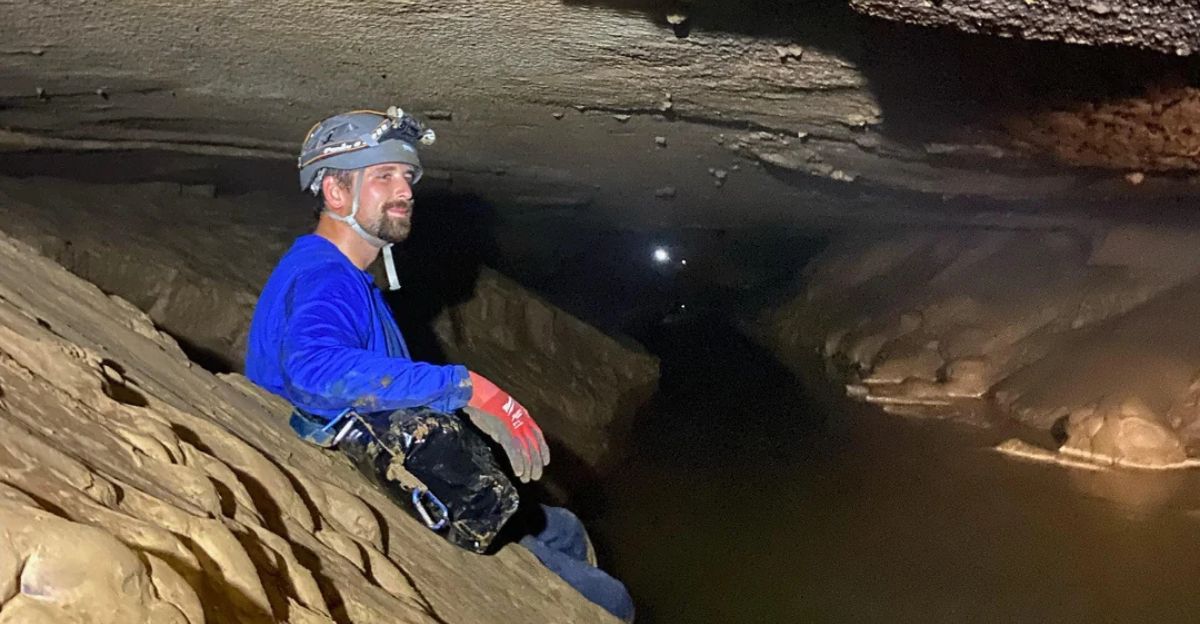
While the entire cave wasn’t cut off, access to certain parts of Mammoth Cave was restricted due to the discovery of the twin 325-million-year-old sea monster fossils to protect these exceptionally fragile and scientifically valuable remains. The cave’s stable subterranean environment has preserved these fossils in remarkable detail, but it also means they are highly susceptible to damage from human activity.
Restricting visitor access helps keep these fossils safe from interference, ensuring that they are around for years to come. The cave system is also complex and difficult to navigate, making some areas dangerous for the public to move through.
The Ancient Seaway
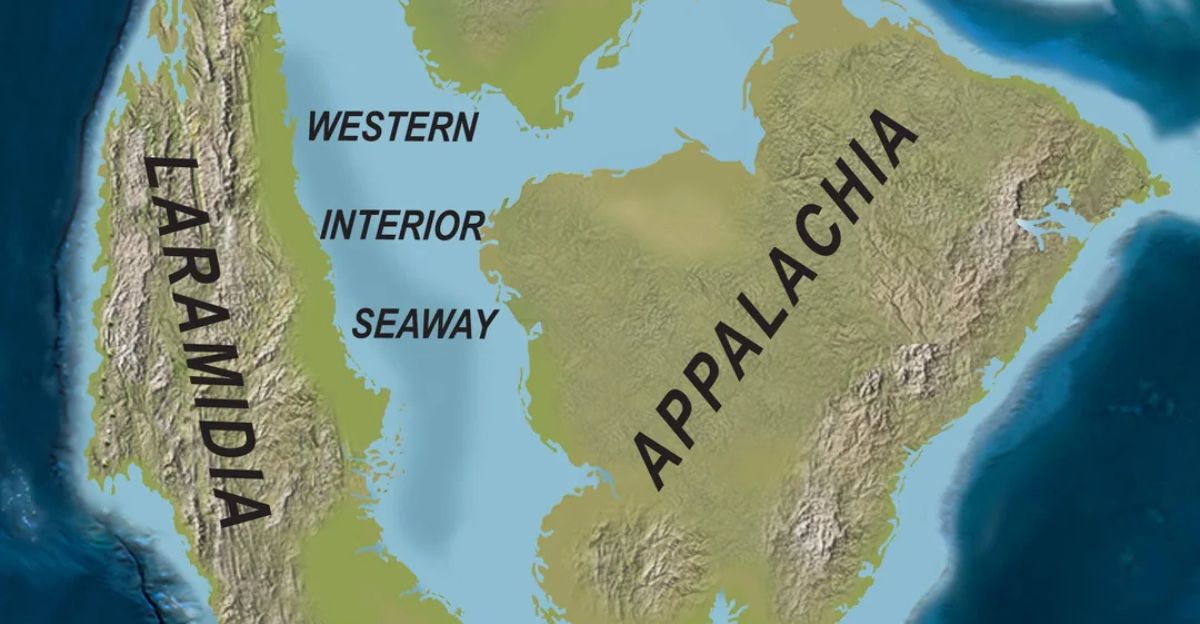
Who would have thought that there was once an entire seaway beneath Kentucky? During the Mississippian Period, it was part of an ancient seaway connecting North America, Europe, and northern Africa. The seaway’s warm, nutrient-rich waters flourished with crinoid “forests” and an ecosystem where predators hunted a diverse choice of species.
As the continents gradually drifted together to form Pangea, the seaway receded, causing a mass die-off of marine species whose remains settled to the seabed and were eventually entombed in the rock.
A Treasure Trove of Fossils
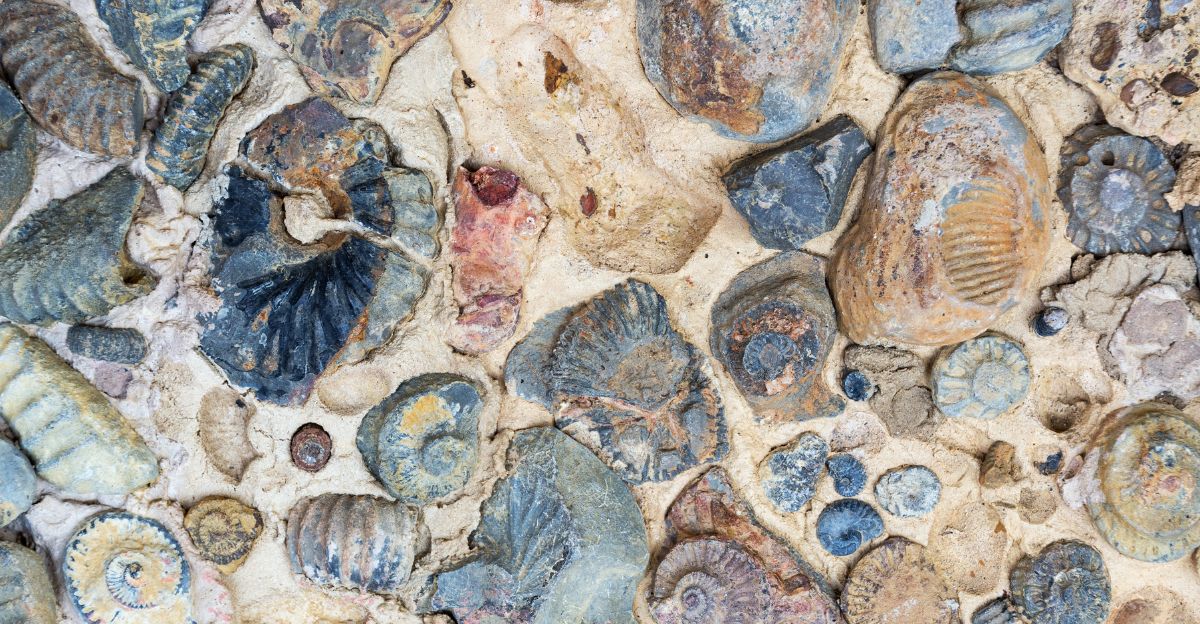
Mammoth Cave is one of the areas in North America that is so fossil-rich that you can barely walk a few feet without stumbling upon a new discovery. Over 70 species of prehistoric fish, including at least 40 different sharks and their relatives, have been identified from the cave’s limestone passages.
“We can hardly move more than a couple of feet as another tooth or spine is spotted in the cave ceiling or wall. We are seeing a range of different species of chondrichthyans [cartilaginous fish] that fill a variety of ecological niches, from large predators to tiny little sharks that lived amongst the crinoid [sea lily] forest on the seafloor that was their habitat,” said Hodnett.
The Future of Exploration
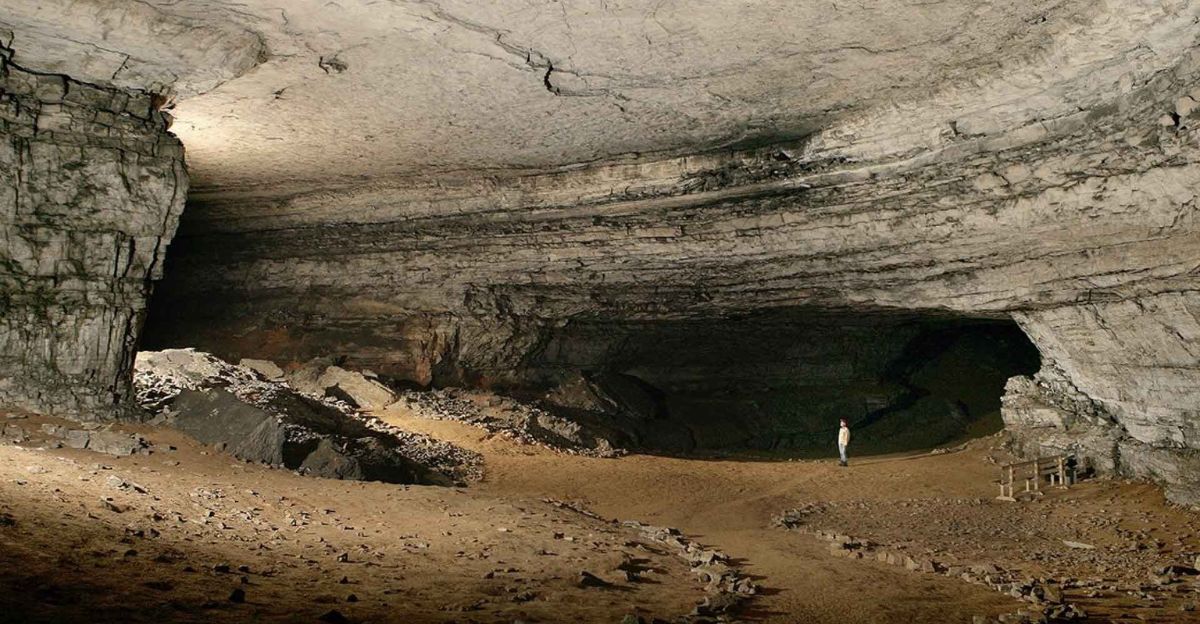
This cave is so remarkable, and it has a lot more to offer researchers in the years to come. With more than 420 miles of mapped passages, , researchers and volunteers continue to push into uncharted chambers in hopes of making their next big find that will change our understanding of history as we know it.
The exceptional preservation of fossils in the cave’s stable environment encourages scientists to revisit previously explored areas and probe deeper into lesser-known passages, where even more remarkable finds may await.




